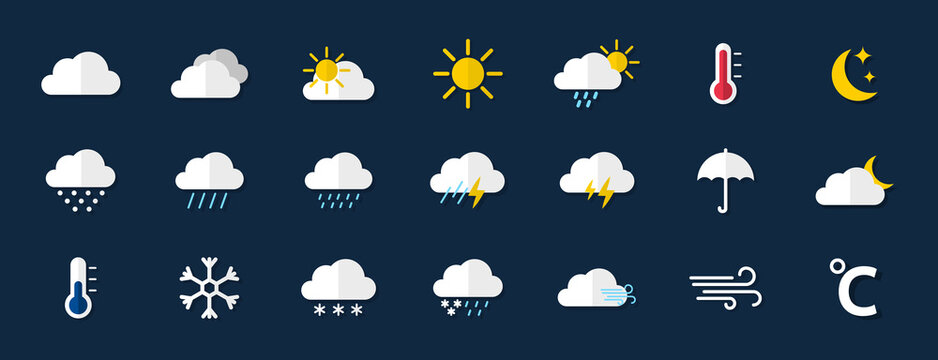Welcome to the Weather Detector project! This web application is built using Django, HTML, CSS, and JavaScript to provide users with real-time weather information for any city around the world.
City Search: Users can search for the weather of any city by entering its name in the search bar.
Real-time Weather Data: The app fetches real-time weather data using a third-party API, ensuring that users get the latest and most accurate information.
Responsive Design: The application is designed to be responsive, providing a seamless experience across various devices, including desktops, tablets, and smartphones.
To run the Weather App locally, follow these steps:
git clone https://github.com/your-username/weather-app.git
cd weather-app
pip install django
Obtain a free API key from a weather data provider (e.g., OpenWeatherMap). Copy the API key to the settings.py file in the weather app.
python manage.py migrate
python manage.py runserver
Open your web browser and go to http://127.0.0.1:8000/ to access the Weather App.
Obtain a free API key from a weather data provider (e.g., OpenWeatherMap). Update the WEATHER_API_KEY variable in the settings.py file with your API key.
Django: The web framework used for the backend development. HTML, CSS, JavaScript: Frontend technologies for creating an interactive user interface. Third-party Weather API: Used to fetch real-time weather data.
We welcome contributions from the community! If you'd like to contribute to this project, follow these steps:
-
Fork the Repository:
- Click on the "Fork" button at the top right corner of the repository page.
-
Clone Your Fork:
- Clone the repository from your GitHub account to your local machine.
git clone https://github.com/your-username/Weather-Detector.git
- Clone the repository from your GitHub account to your local machine.
-
Create a Branch:
- Create a new branch for your contribution.
git checkout -b feature-branch
- Create a new branch for your contribution.
-
Make Changes:
- Make your desired changes to the HTML and CSS files.
-
Commit Changes:
- Commit your changes with a descriptive commit message.
git commit -m "Add feature or fix"
- Commit your changes with a descriptive commit message.
-
Push Changes:
- Push your changes to your fork on GitHub.
git push origin feature-branch
- Push your changes to your fork on GitHub.
-
Create a Pull Request:
- Open a Pull Request (PR) on the original repository.
- Provide a clear title and description for your PR.
-
Review and Merge:
- The maintainers will review your PR and may request changes.
- Once approved, your changes will be merged into the main branch.
If the original repository has been updated, sync your fork to include the latest changes:
-
Add Upstream Remote:
- Add the upstream repository as a remote.
git remote add upstream https://github.com/original-username/Weather-Detector.git
- Add the upstream repository as a remote.
-
Fetch Upstream Changes:
- Fetch the changes from the upstream repository.
git fetch upstream
- Fetch the changes from the upstream repository.
-
Merge Upstream Changes:
- Merge the changes from the upstream repository into your local branch.
git merge upstream/main
- Merge the changes from the upstream repository into your local branch.
-
Push Changes to Your Fork:
- Push the updated changes to your fork on GitHub.
git push origin main
- Push the updated changes to your fork on GitHub.
If you need to undo a commit, you can use the following command:
git revert <commit-hash>Replace with the actual hash of the commit you want to revert.
Thanks goes to these wonderful people 💜
Nabajit Bhadury 🚧✍️🖥️ |
bluecoder2003 💻 |
Abhipriya Chowdhury 💻 |
SHIVADITYA BHATTACHARYA 💻 |
Anurag4002 💻 |
Arghadip Manna 💻 |
This project is licensed under the MIT License.
Thank you for using the Weather App! Stay informed about the weather in any city around the world.

